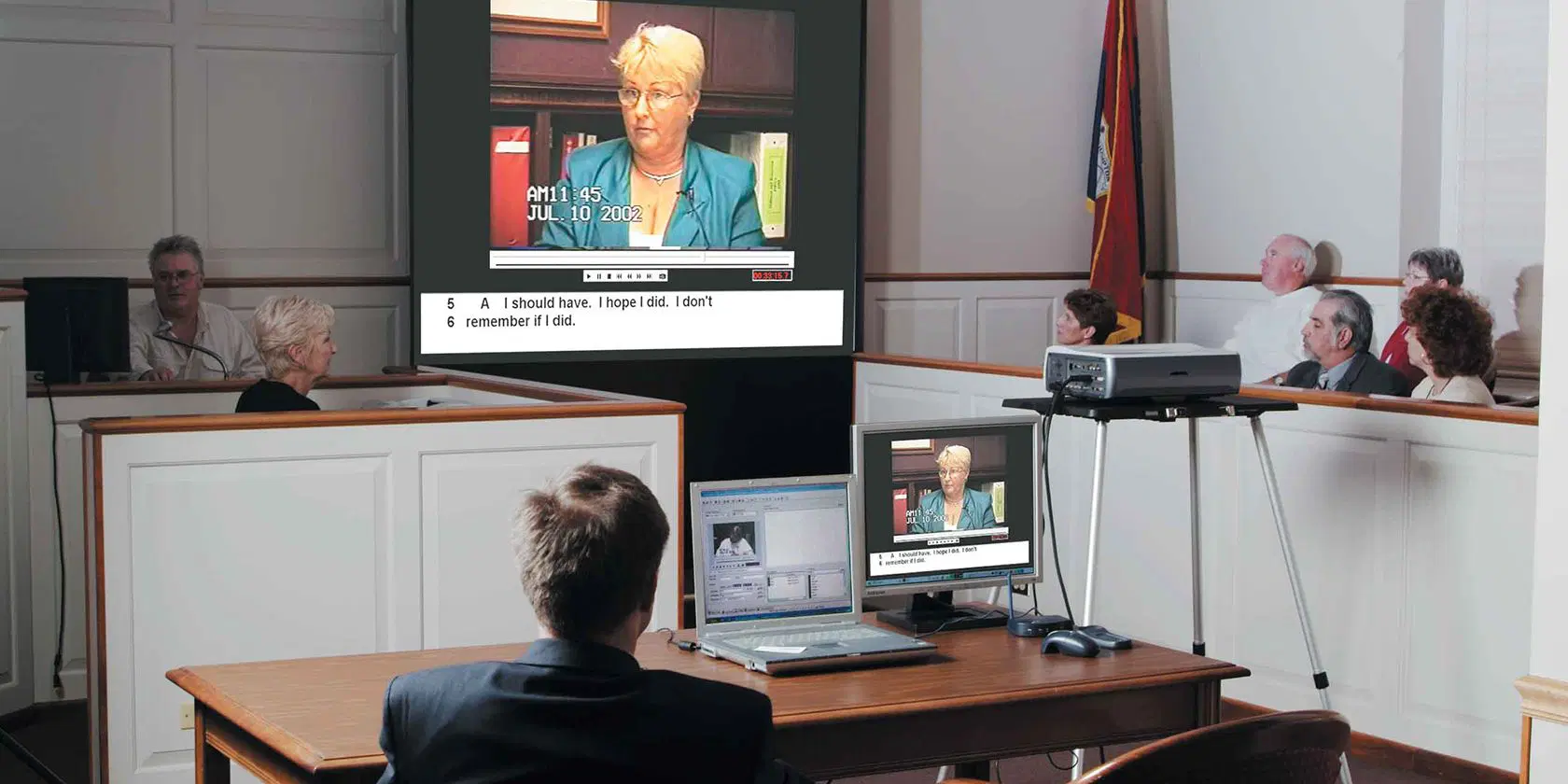Astound the Court: Crucial Components of a Powerful Trial Presentation
Important components such as understanding the target market, crafting an engaging narrative, and understanding verbal and non-verbal communication are critical components of a reliable presentation. As these aspects link, they develop a cohesive approach that not only notifies yet also involves jurors on several degrees.

Comprehending Your Audience
Comprehending your target market is a critical facet of reliable test discussion. A successful presentation hinges on the capability to comprehend the demographics, values, and predispositions of jurors. This comprehension notifies exactly how debates are mounted, evidence exists, and psychological charms are crafted, making certain that the message resonates with the jurors on a personal degree.
Research indicates that jurors come from varied histories and might have differing levels of understanding concerning legal procedures (trial presentation). Thus, it is crucial to prevent lawful jargon that could alienate or confuse them. Rather, utilizing clear, relatable language promotes interaction and comprehension. In addition, comprehending the jurors' prospective biases and life experiences allows the trial speaker to expect arguments and address problems proactively.
Efficient test presentation additionally involves observing jurors' responses during the procedures. Involving with jurors as individuals instead than a cumulative device is necessary in cultivating a solid connection in the courtroom.

Crafting an Engaging Narrative
Crafting an engaging story is vital in guiding jurors via the complexities of a case. A well-structured story not only streamlines elaborate lawful ideas but additionally engages jurors on a psychological level, making the details more relatable and memorable.
To attain this, attorneys need to start by determining the core message they want to convey. This message must resonate with the jurors' values and experiences, cultivating a link that transcends simple realities. The narrative must unravel practically, presenting events in a clear series to avoid complication. This sequential technique can assist jurors adhere to the development of occasions, emphasizing domino effect.
Including human elements-- such as individual stories or narratives-- can better boost the narrative's effect. These aspects stimulate compassion, permitting jurors to visualize the repercussions of the situation on actual lives. Additionally, utilizing a regular theme throughout the presentation strengthens the major argument, making it much easier for jurors to preserve crucial points.
Inevitably, a compelling story transforms a trial discussion from a mere address of realities right into a convincing story that mesmerizes the court, motivating them to ponder with both reason and emotion.
Using Visual Help
Incorporating visual help right into a trial presentation can dramatically boost jurors' understanding and retention of info. Visual products such as graphes, representations, photographs, and videos can change complex legal principles and evidence right into conveniently digestible layouts. By engaging several detects, these aids allow jurors to envision the situation's essential elements, making it much easier for them to comply with along and grasp detailed details.
Moreover, properly designed visual help can highlight crucial points and highlight partnerships in between various pieces of proof. Timelines can efficiently highlight the sequence of occasions, while annotated images can make clear certain information relevant to the instance. This not only help in understanding but likewise reinforces the story offered by the attorney.
Overly complex or messy visuals might overwhelm jurors and take away from the message. Inevitably, effective visual communication can be a powerful device in persuading jurors and assisting them get to notified verdicts.
Understanding Verbal Communication
Efficient verbal communication is vital in a test presentation, as it serves as the key means via which lawyers share their disagreements and link with jurors. Simplicity in language fosters understanding and aids jurors comprehend complex concerns offered throughout the trial.
Furthermore, tone and pacing considerably influence how messages are received. A certain tone communicates authority, while suitable pacing allows jurors to soak up great post to read details without really feeling overwhelmed. Lawyers must likewise differ their vocal inflections to highlight essential points and keep jurors' interest throughout the discussion.
In addition, the company of spoken arguments is essential. Structuring the narrative logically and coherently aids jurors follow the lawyer's logic, making it easier for them visit this web-site to preserve important information. Making use of convincing techniques, such as narration, can also boost the emotional vibration of the disagreements presented, therefore producing an extra extensive connection with jurors.
Eventually, grasping verbal interaction not only enhances an attorney's instance however also cultivates depend on and rapport with the court, significantly boosting the possibilities of a favorable judgment.

Involving With Body Movement
Nonverbal communication plays an essential function in trial discussions, frequently sharing messages that words alone can not reveal. Body language, including motions, position, faces, and eye get in touch with, significantly influences just how jurors view the reliability and genuineness of the presenter. A certain stance, with shoulders back and an open stance, can instill trust fund, while closed-off body language might suggest defensiveness or unpredictability.

Facial expressions should show the emotions associated with the situation, reinforcing the story being presented. For circumstances, a sincere expression throughout an emotional moment can generate compassion and enhance the sob story. Ultimately, understanding body language is crucial for effective test discussions, as it enhances spoken communication and develops an engaging presence investigate this site that resonates with the court.
Verdict
To conclude, mesmerizing the court demands a calculated strategy that encompasses comprehending the audience, crafting an engaging narrative, using aesthetic help, mastering verbal interaction, and involving through body movement. Each component plays an important duty in developing an effective trial presentation that resonates with jurors on both emotional and intellectual degrees (trial presentation). By incorporating these parts effectively, lawyers can substantially boost their capacity to persuade and influence jury decision-making
Comments on “Trial Presentation Specialized Help to Enhance Your Courtroom Performance”